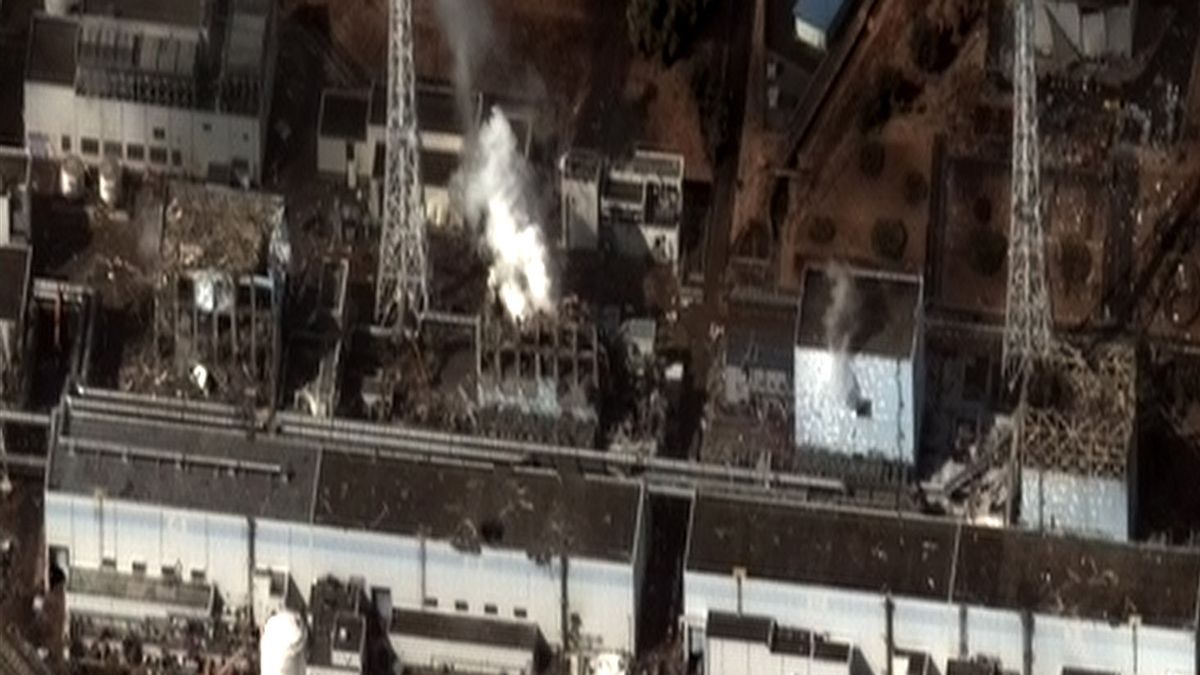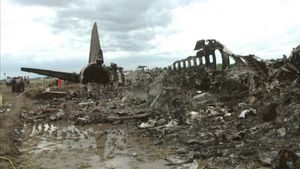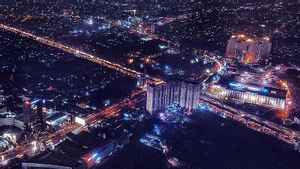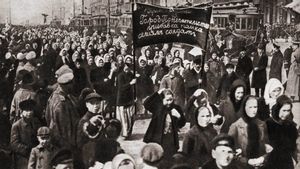JAKARTA - On March 11, 2011, there was the biggest earthquake ever recorded in Japan causing massive damage. The earthquake was followed by a tsunami that devastated the Tōhoku region in northeastern Honshu. Apart from the already terrible destruction and casualties, natural disasters have also caused nuclear disasters at the Fukushima Daiichi NPP.
The Fukushima disaster is considered the second-worst nuclear disaster in history and forced the relocation of more than one hundred thousand people. Cited from History, during an emergency, each of the three nuclear reactors operating at the Fukushima nuclear power plant was successfully closed. But the backup power and cooling system failed.
As a result, the residual heat caused the three reactors to partially melt. As crews search the rubble for survivors and the country is reeling from the earthquake and tsunami, a nuclear disaster also ensues for several days.
Reactors 1 and 3 exploded on March 12 and 14, prompting the government to evacuate everyone within a 20 km radius. Another explosion that occurred at Reactor 2 on March 15 released more radiation.
Thousands of people fled their homes as workers using helicopters, water cannons and seawater pumps tried to cool the overheated facility. The extent of the complete damage became clear during the months that followed when the government finally evacuated all residents within a 30 km radius of the factory.
Initially, there were no deaths associated with the incident, apart from that this did not inconvenience the 154.000 people who were evacuated. Some argue that a major evacuation is unnecessary, as radiation levels appear to be dropping.

Although many were able to return home, people living in the 371-square-kilometer “hard-to-recover zone” were evacuated again when a recent earthquake struck in February 2021. The true toll may not have been known for decades.
In 2018, the government announced that a former factory worker who had served during the nuclear crisis was the first death officially attributed to radiation from the disaster.
Worst nuclear disaster
Previously, it was known that there was a nuclear disaster of the worst in the world, namely in Ukraine. Built in the late 1970s about 65 miles north of Kyiv in Ukraine, the Chernobyl nuclear power plant is one of the largest and oldest nuclear power plants in the world.
The explosion and destruction that occurred in April 1986 claimed thousands of lives, caused countless birth defects, and sparked an epidemic of thyroid cancer in the region. However, it took years for the full story behind the disaster to emerge.
A careless experiment at one of the facility's four reactors created a sudden electrical spike, which in turn caused a series of explosions that blew up the 1.000-ton steel tops of the reactors. Deadly clouds of radioactive material gather in the nearby city of Pripyat, before finally hovering over much of Europe.
Soviet officials tried to keep the disaster a secret, but on April 28 a Swedish radiation monitoring station located more than 800 miles from Chernobyl reported radiation levels 40 percent higher than normal.
Others on TODAY'S HISTORY
SEE ALSO:
The English, Chinese, Japanese, Arabic, and French versions are automatically generated by the AI. So there may still be inaccuracies in translating, please always see Indonesian as our main language. (system supported by DigitalSiber.id)


















